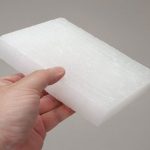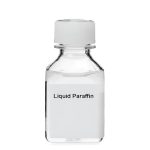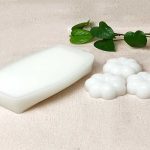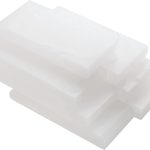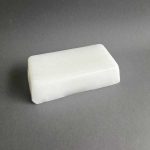Liquid Paraffin Solvent: Properties and Industrial Applications
what will you read...
Introduction | The Importance of Liquid Paraffin Solvents in Industrial ProcessesChemical Structure of Liquid Paraffin SolventsKey Features of Liquid Paraffin SolventsSpecialized Applications of Liquid Paraffin SolventsChoosing the Right Solvent for Liquid Paraffin | Technical ConsiderationsSafety Tips for Handling Liquid Paraffin SolventsFinal Summary
Explore the chemical structure, technical characteristics, and key industrial applications of liquid paraffin solvents across various sectors. A specialized guide for selecting the most suitable liquid paraffin
solvent.
Introduction | The Importance of Liquid Paraffin Solvents in Industrial Processes
Due to its non-polar structure and oily nature, liquid paraffin is naturally insoluble in water. To achieve smoother processes in production, processing, or transportation, the use of appropriate solvents becomes essential. A deep
understanding of the chemical structure and technical properties of these solvents plays a vital role in optimizing industrial performance.
Chemical Structure of Liquid Paraffin Solvents
Solvents capable of dissolving liquid paraffin are mainly composed of aliphatic or aromatic hydrocarbons.
The most common examples include:
-
Toluene (C₇H₈): A light aromatic solvent with high solvency power.
-
Xylene (C₈H₁₀): Available in ortho, meta, and para isomers with excellent solvency behavior.
-
Hexane (C₆H₁₄): A light aliphatic solvent ideal for applications requiring rapid evaporation.
-
Naphtha: A blend of light hydrocarbons used for cost-effective dilution of liquid paraffin.
A common characteristic among these solvents is their relatively high vapor pressure, flammability, and chemical stability in the presence of paraffin.
Key Features of Liquid Paraffin Solvents
-
Strong solvency power: Ability to break down paraffin molecules and disperse them evenly.
-
Viscosity control: Dilutes liquid paraffin to improve flow and ease of processing.
-
Adjustable volatility: Solvent selection based on required evaporation rate for specific applications.
-
Chemical compatibility: Does not react with additives or base materials in industrial formulations.
-
Purity and stability: Especially crucial in cosmetic, pharmaceutical, and food industries.
Specialized Applications of Liquid Paraffin Solvents
-
Oil, Gas, and Petrochemical Industries
In pipelines and refineries, light solvents are used to prevent blockages caused by paraffin buildup. -
Textile Industry
For imparting water-repellent properties, lubricating threads, or enhancing fabric abrasion resistance, liquid paraffin is applied to textiles using specific solvents. -
Printing and Packaging Industry
In the production of oil-based inks and glossy coatings, liquid paraffin is blended with organic solvents to control viscosity and accelerate drying. -
Cosmetic and Pharmaceutical Formulations
In creams, balms, and medicinal oils, liquid paraffin must be diluted with highly pure solvents to achieve desired physical properties such as viscosity, clarity, and texture.
Choosing the Right Solvent for Liquid Paraffin | Technical Considerations
-
Boiling point assessment: Select a solvent with a suitable boiling point based on process conditions (temperature and pressure).
-
Evaporation rate matching: Hexane is better for fast processes; toluene or xylene for slower ones.
-
Compatibility with end product: In pharmaceutical and cosmetic applications, pharmaceutical or cosmetic grade solvents must be used to minimize risks from impurities.
-
Safety considerations: Selection should also factor in flammability and potential toxicity.
Safety Tips for Handling Liquid Paraffin Solvents
-
Mandatory ventilation: Working in enclosed spaces without proper ventilation increases the risk of flammable vapor buildup.
-
Use of protective equipment: Filtered masks, solvent-resistant gloves, and protective clothing are essential.
-
Keep away from flame and heat sources: Solvents must be stored in proper containers in cool, fire-safe areas.
-
Review the Material Safety Data Sheet (MSDS): Always study the full safety specifications of any solvent before use.
Final Summary
A professional understanding of the structure and properties of liquid paraffin solvents enables more informed and safer choices in industrial processes. Depending on the industry type and product characteristics, selecting the right
solvent can significantly impact product quality, process efficiency, and safety.
With us: Superior Power, Competitive Victory







